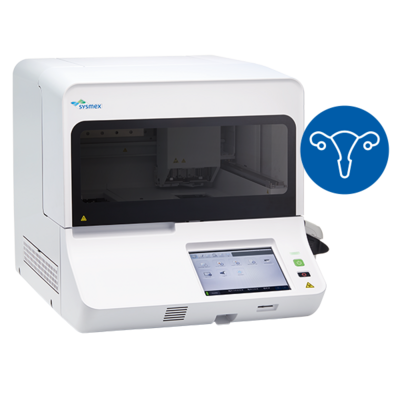Metastatic cancer spread to lymph nodes (LN) is a pivotal prognostic factor in prostate cancer, thus correct assessment of the nodal status is paramount for adjuvant treatment planning. In early stage prostate cancer, nodal staging is performed by pelvic lymph node dissection (PLND). This surgical procedure is associated with a high risk of post-surgical morbidities and considerable reduction of patients’ quality of life. Furthermore, metastatic LN involvement might be limited. Current histopathological assessment of dissected nodes comprises H&E staining of a few tissue sections often leaving small metastases undetected, thus impairing staging accuracy.
Alternative approaches to PLND aim to increase staging accuracy and reduce surgical radicality. One option is targeted PLND, where a selected number of lymph nodes is removed from ‘target’ areas of the pelvic lymphatic pattern/system. A second option is tracer-guided sentinel LND (sLND) to identify lymph nodes with the highest chance to harbour metastasis. Both methods aim to enhance staging accuracy by concentrating thorough LN analysis to a smaller number of nodes. However, histopathologic serial sectioning and immunochemistry are known to be labour-intensive and time-consuming and therefore not suitable for intraoperative use.
OSNA (one step nucleic acid amplification) constitutes an optimal solution to overcome such limitations. OSNA is a rapid, easy-to-use, highly sensitive and standardised molecular diagnostic which allows analysis of the entire LN, perfectly suited for the intraoperative setting. This enables clinicians to base treatment decisions on solid nodal staging information.





